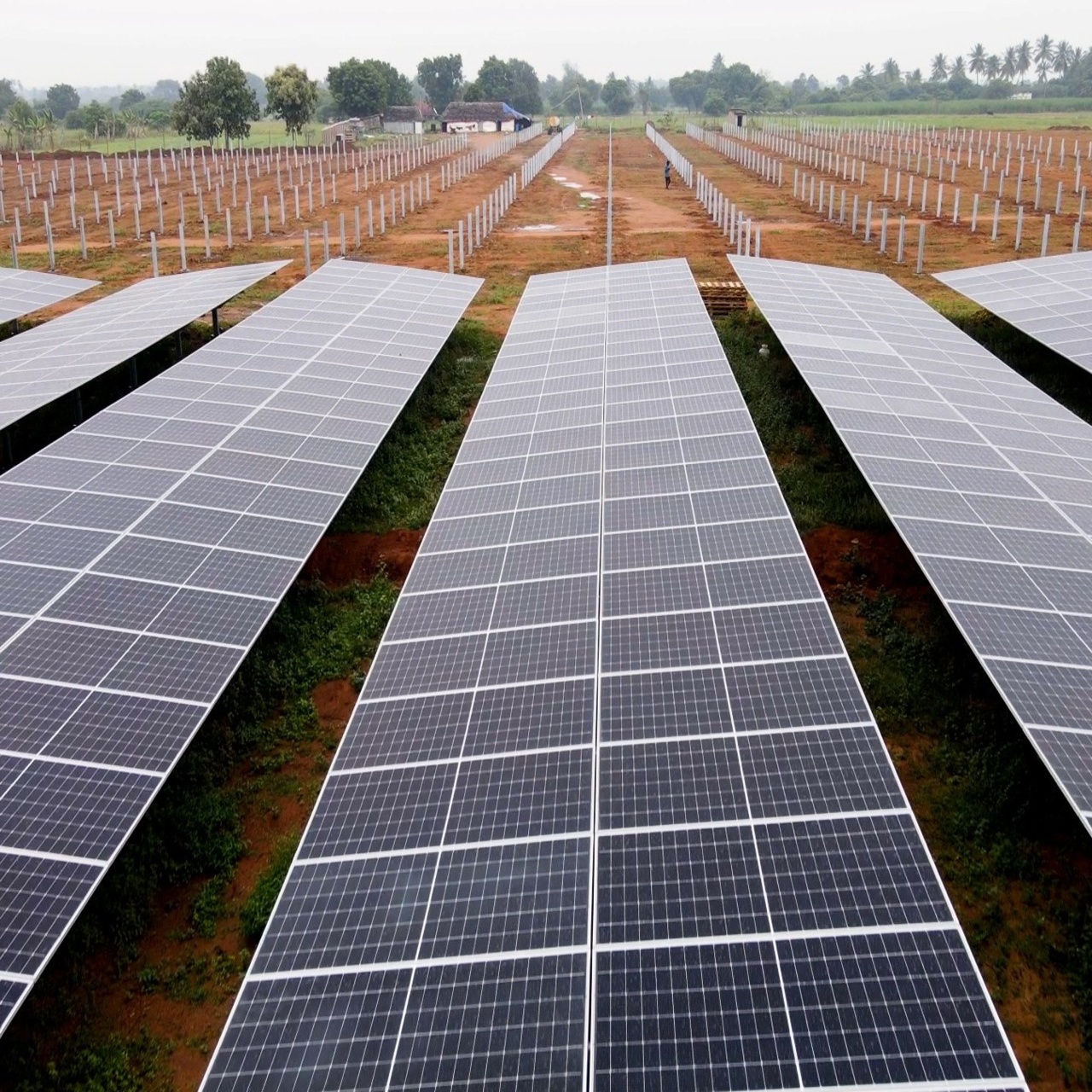Are Solar Panels Expensive? Cost, ROI, Subsidies & Future Trends in India

When people think about solar energy, the first question that comes to mind is: Are solar panels really expensive? As a trusted solar panel manufacturer in India, we want to clear the air. The truth is, solar is no longer just for the elite—it’s an affordable, sustainable, and future-ready solution for every Indian household and business.
In this blog, we’ll explore solar panel prices, government subsidies, return on investment, how to choose the right solar panel for home, and future trends shaping India’s solar industry.
Myth-Busting: Are Solar Panels Really Expensive?
For years, solar panels were considered a luxury. But thanks to mass production, technological innovation, and government support, prices have dropped significantly. In fact, solar panel price in India is now 40–50% lower than a decade ago.
When you calculate the long-term benefits, solar is not an expense—it’s an investment that pays for itself.
ROI: How Much Money Can You Actually Save with Solar Panels?
Installing solar panels helps you cut electricity bills by up to 80%. Most homeowners recover their investment within 3–5 years, and panels last 25+ years with minimal maintenance.
Whether it’s a solar panel for home or a solar panel for project, the ROI is consistent. Businesses, in particular, save huge amounts while also enjoying tax benefits.
How to Choose the Right Solar Panel Manufacturer in India
Not all panels are created equal. Here’s what to look for:
- Type of panel: Monocrystalline (high efficiency) vs. Polycrystalline (affordable).
- Warranty: Look for panels with 20–25 years performance warranty.
- Brand reliability: Always choose a trusted solar panel manufacturer in India with proven experience.
- Energy needs: A 3kW system suits a small home, while larger households may need 5kW or more.
Pro Tip: Always check the solar panel for home price against your electricity consumption to find the best system size.
Government Subsidies & Incentives in India (2025 Update)
The Indian government provides subsidies of up to 40% for residential rooftop solar systems under the Solar Panel Yojana (PM Surya Ghar Muft Bijli Yojana).
Net metering policies also allow you to sell extra electricity back to the grid. For businesses, the Accelerated Depreciation Policy reduces taxable income, making solar a financially smart choice.
The Future of Solar Energy in India: 2025 and Beyond
India is set to become a global solar leader. Some exciting trends include:
- Bifacial solar panels that capture sunlight on both sides.
- Floating solar farms to maximize space and efficiency.
- AI & IoT integration for smart energy monitoring.
- Government’s target of 500 GW renewable energy capacity by 2030, with solar leading the way.
For homeowners and businesses, this means more affordable solar panel prices in India and innovative technology.
Frequently Asked Questions (FAQs)
Q1. What is Solar Panel Yojana?
A The Solar Panel Yojana (PM Surya Ghar Muft Bijli Yojana) is a government scheme offering subsidies of up to 40% on rooftop solar panels for residential households, making solar adoption more affordable.
Q2. Which solar panel is best for home use in India?
For homes, monocrystalline solar panels are recommended due to higher efficiency and better performance in limited space. Always buy from a reputed solar panel manufacturer in India to ensure long-term reliability.
Q3. Can a 3kW solar panel system run an AC?
Yes, a 3kW solar panel system can run 1–2 AC units (1.5 ton each), along with lights and fans, depending on usage and sunlight availability.
Q4. How many solar panels are needed to run a house?
A small household may need 8–10 solar panels (3kW system), while larger homes may require 15–20 panels (5kW or more).
Q5. What are the disadvantages of solar panels?
The main challenges include initial setup cost, space requirement, and dependency on sunlight. However, with subsidies and falling prices, these disadvantages are outweighed by long-term benefits.
Q6. What is the best size solar system for a house in India?
For an average Indian home, a 3kW–5kW rooftop solar panel system is sufficient, depending on monthly electricity usage.
Conclusion: Why Choose Us as Your Trusted Solar Panel Manufacturer in India
Switching to solar is not just about saving money—it’s about investing in a sustainable future. As a trusted solar panel manufacturer in India, we deliver high-quality, durable, and efficient panels designed to maximize your savings and minimize your carbon footprint.

Evolve Energy